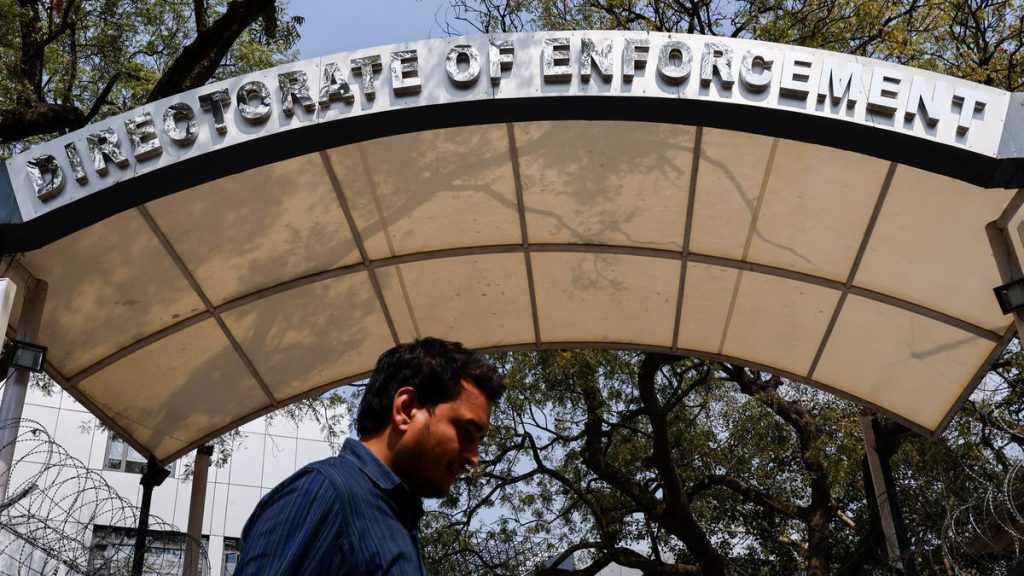Now Reading: BBMP Plans Ad Hoarding Revival to Boost ₹500 Crore Revenue
-
01
BBMP Plans Ad Hoarding Revival to Boost ₹500 Crore Revenue
BBMP Plans Ad Hoarding Revival to Boost ₹500 Crore Revenue
Swift Summary
- Bengaluru’s civic body, BBMP (Bruhat Bengaluru Mahanagara Palike), introduced the final notification of the Advertisement Bylaws 2024, enabling outdoor advertisements after a ban since 2018.
- The new policy aims to generate ₹400-500 crore in additional revenue through outdoor advertisement fees ranging between ₹50-₹90 per square foot depending on land guidance values.
- Outdoor advertising auctions/tenders will be conducted for permissible stretches of roads and areas; private properties and lands owned by other agencies are now permitted for advertisements with revenue-sharing agreements with BBMP.
- Restrictions include bans on video ads, neon lights, ads on trees, streetlights or electricity poles, and certain distances from traffic signals and places of worship.
- An Advertisement Regulatory Committee has been constituted to oversee implementation; reforms require QR codes on all outdoor ads linked to details for transparency.
Indian Opinion Analysis
The reintroduction of advertisement hoardings represents a significant policy shift that balances urban aesthetics with economic needs. The potential boost in civic revenue-estimated at ₹400-500 crore-could provide much-needed funds for city infrastructure progress. though, careful execution is crucial as stakeholders like advertisers and property owners navigate regulatory frameworks such as QR coding mechanisms and sharing arrangements.
The restrictions outlined serve as safeguards against visual pollution or hazards near sensitive areas such as traffic points or religious sites. While privatized advertising expands opportunities through cooperation with entities like Indian Railways or BMRCL,success hinges on clear processes within auctions/tenders alongside stakeholder coordination across agencies.
while the policy could transform Bengaluru’s advertising landscape economically and structurally,continuous monitoring is needed to ensure adherence to bylaws without compromising urban dignity or public spaces.
Read more: source link
























